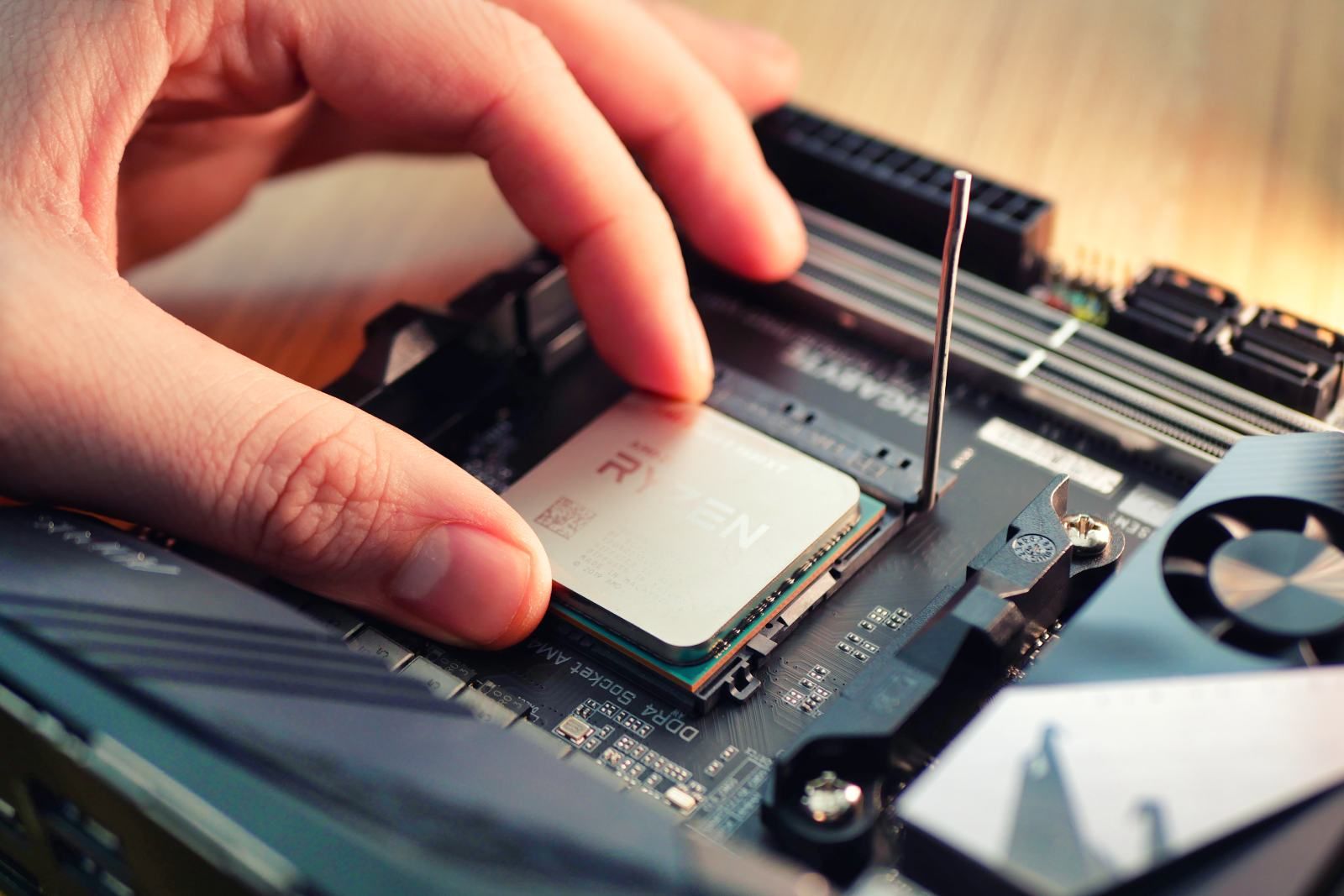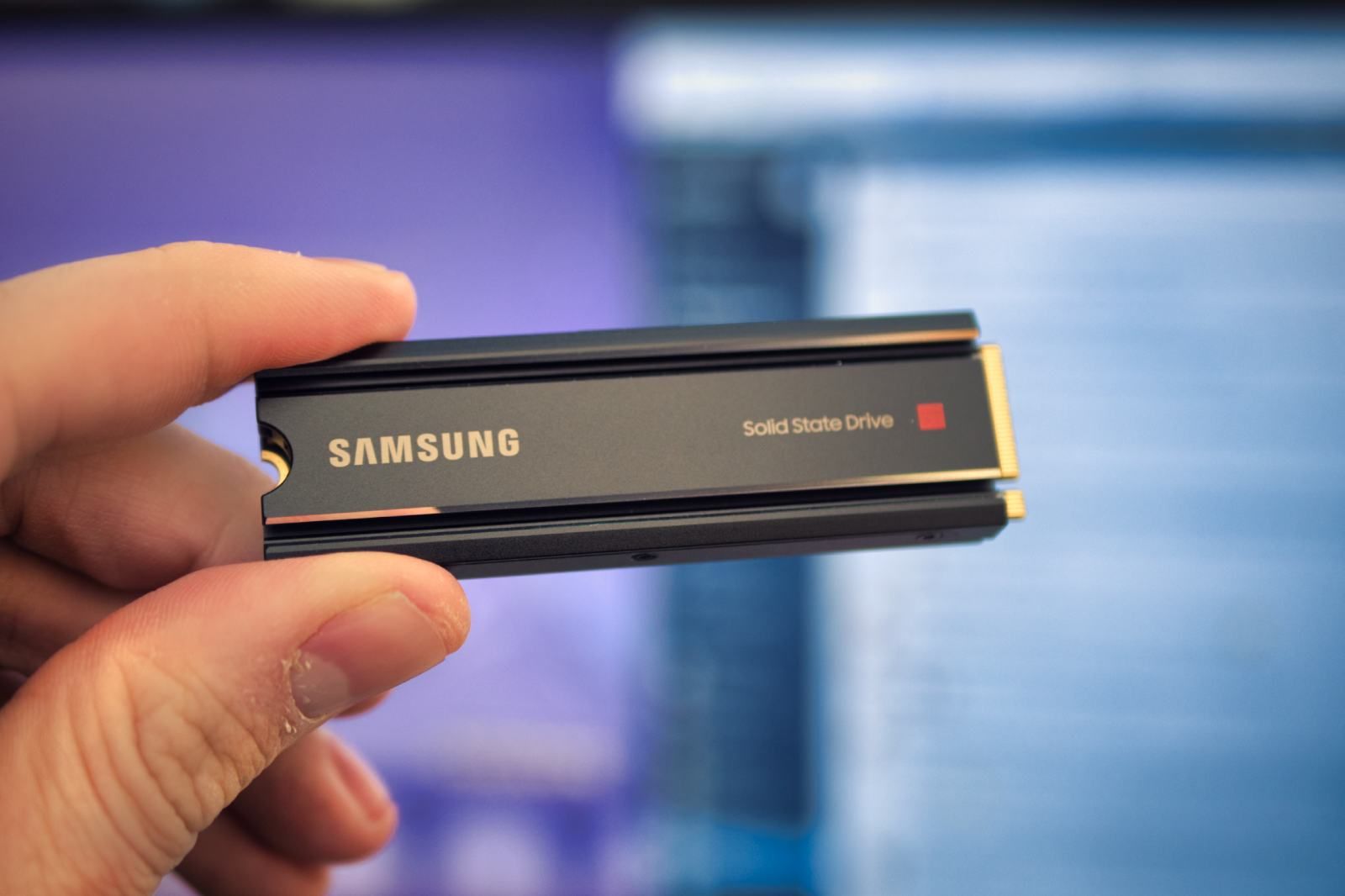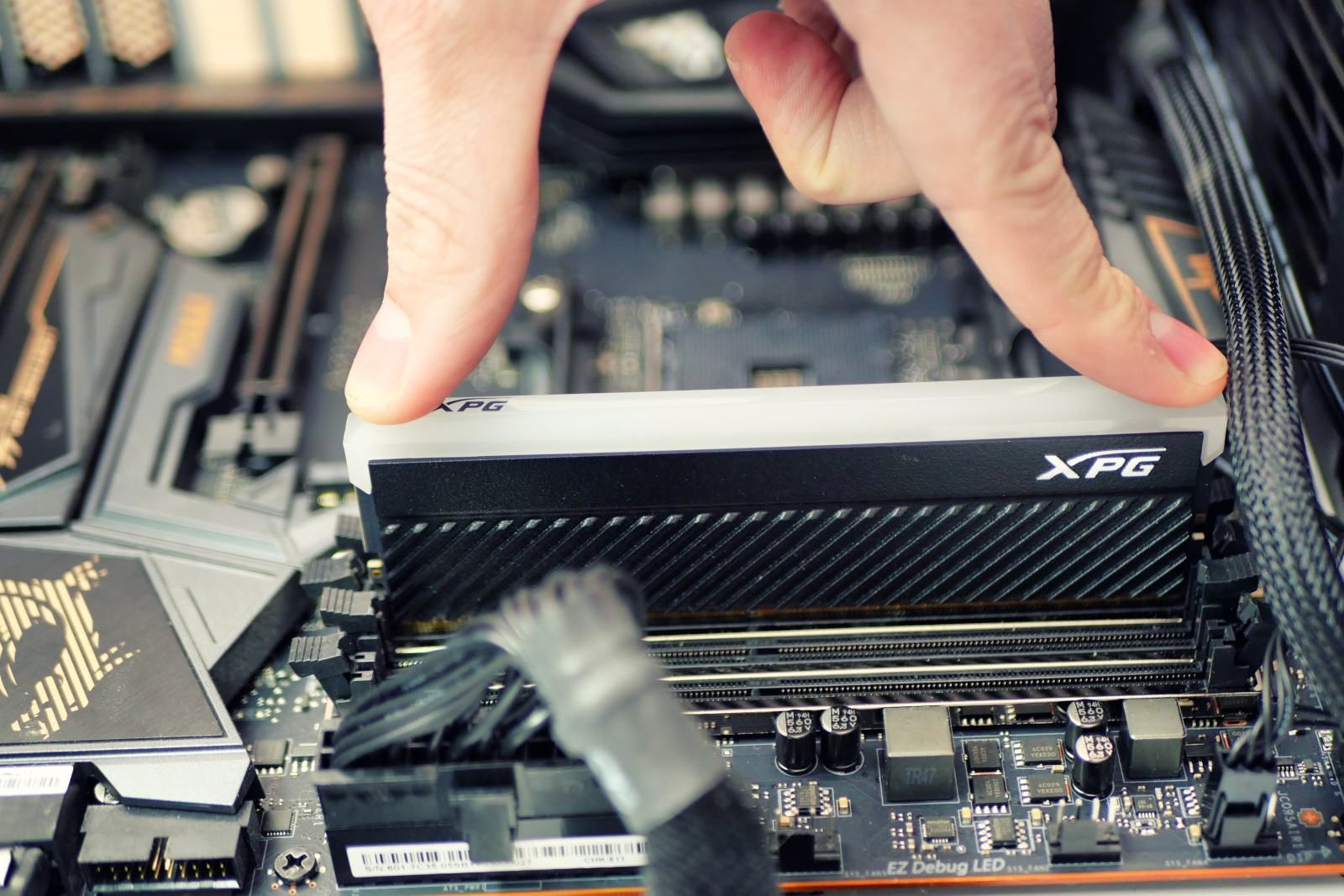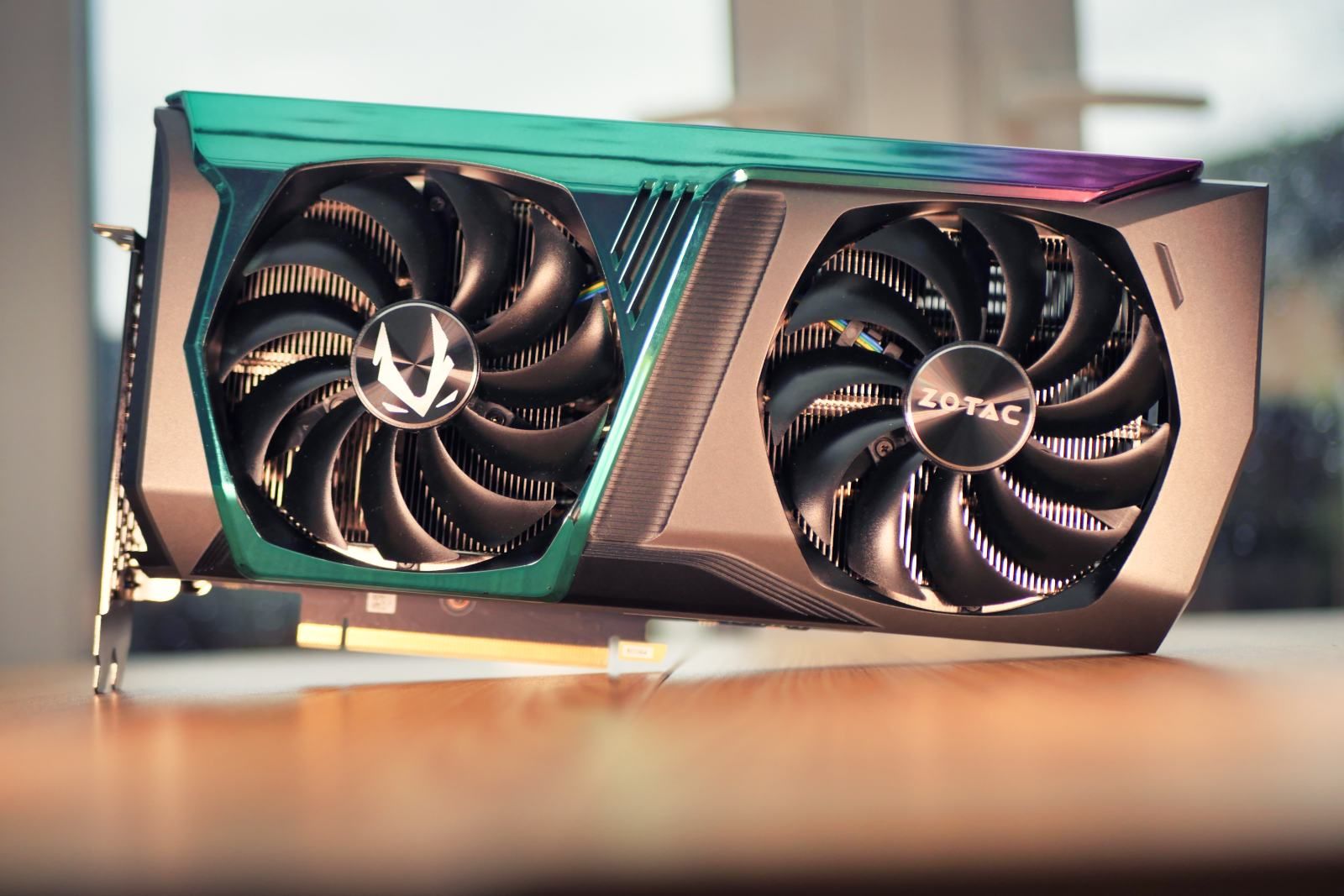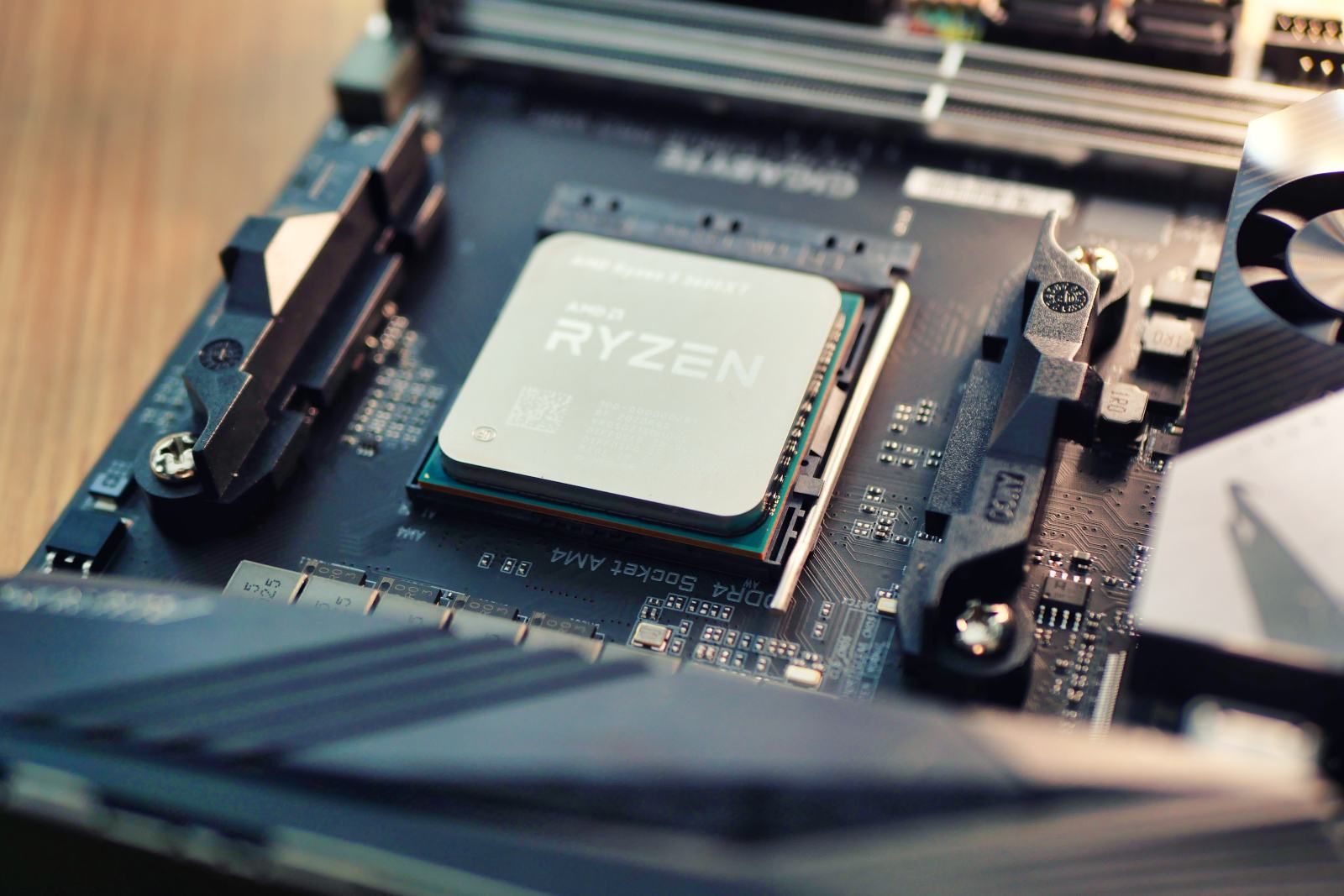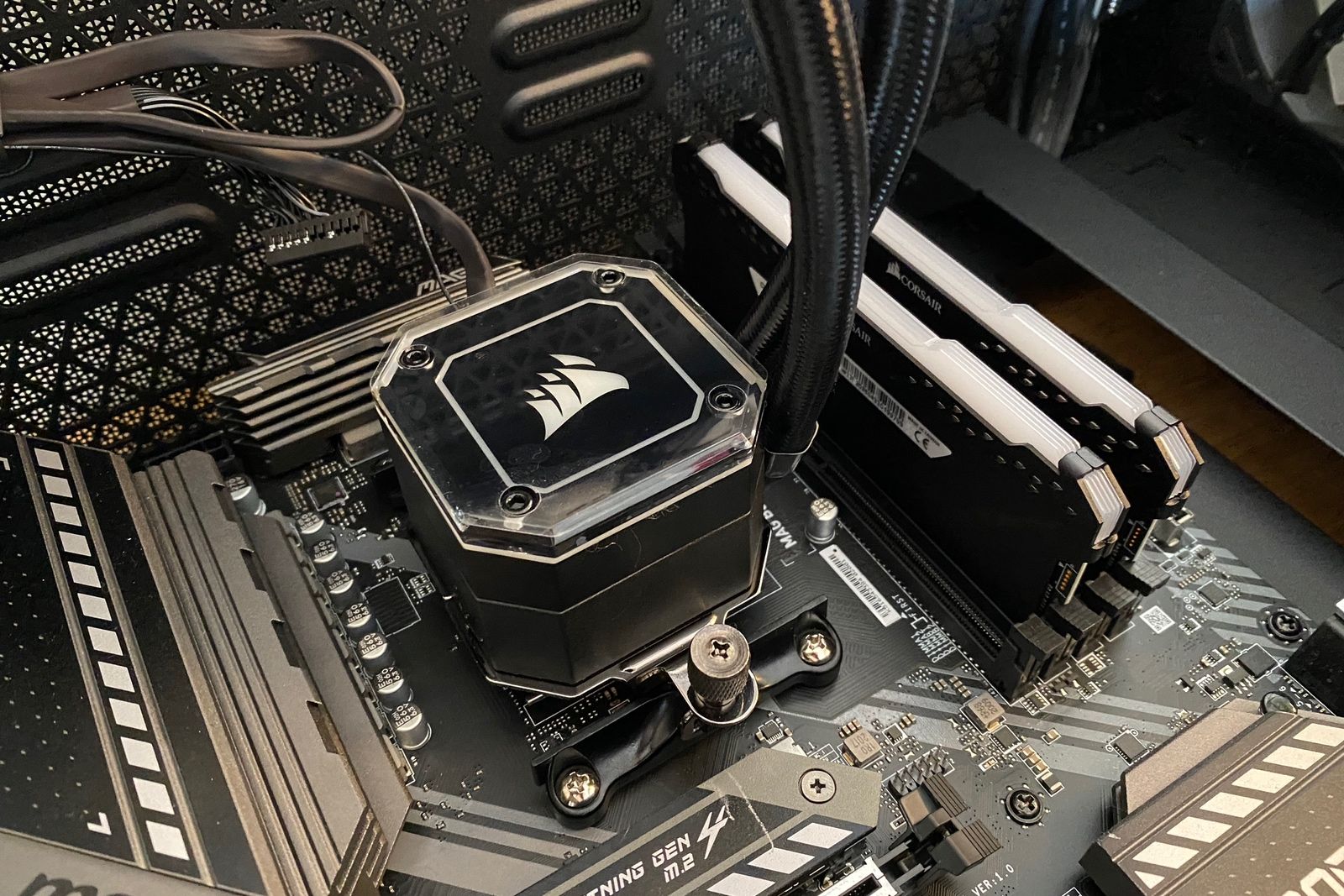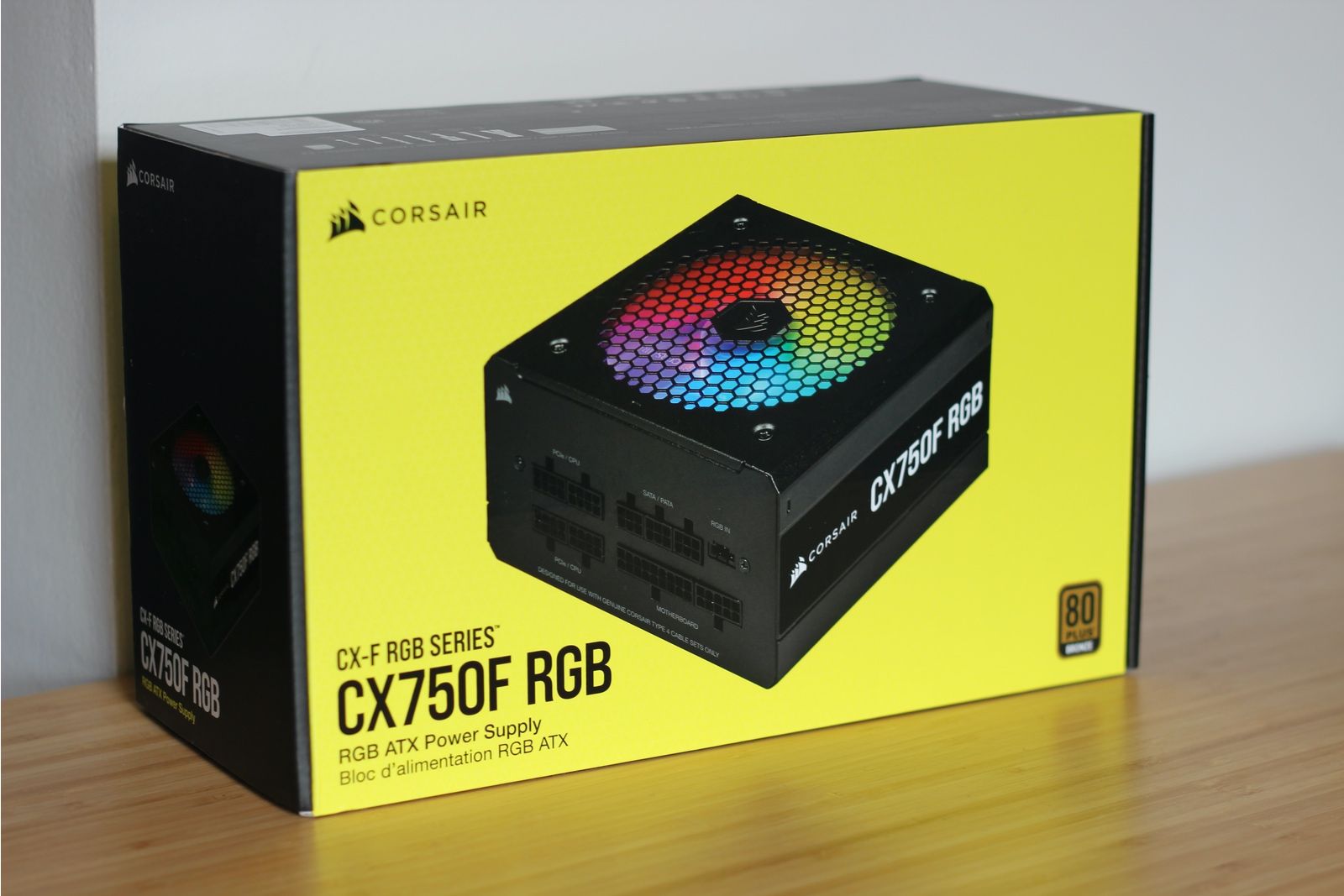One of the best things about owning a PC is how easy it is to upgrade parts when they start to feel out of date.
The problem is, with almost every component in your PC being modular and upgradable, it can be hard to know what you should upgrade first.
The answer will, of course, vary from system to system and there's no one correct answer for everyone. But, with the help of this guide, you should have a much better idea of where to start.
So, let's look at our options and the potential benefits, and drawbacks, of upgrading each one.
- See more PC Gaming coverage in association with Nvidia GeForce RTX
- The best gaming PCs: Top rigs starting from $650
Storage
SSD M.2 2TB Samsung 980 PRO Heatsink NVMe PCIe 4.0 x 4 Retail
A storage upgrade isn't the most alluring thing in the world, it's certainly not as exciting as a graphics card and there tend to be fewer flashy RGB lights involved than with a memory upgrade.
Despite that, if you're still running an old school hard drive in your system, an upgrade to an SSD is without a doubt the most immediately noticeable performance upgrade you can make. It will make booting into Windows almost immediate, as well as make everything you do on your computer feel snappier and more responsive. Plus, if you use a smaller SSD for Windows alone, paired with your existing hard drive for storing larger files, It's one of the cheapest upgrades you can make.
However, these days, many of us already have at least a SATA SSD in our systems. So, should you upgrade from SATA to NVMe in the search for more performance?
The answer to that isn't as clear cut. NVMe SSDs have a whole host of benefits, particularly with productivity and content creation, but for gaming specifically, we doubt you'd notice that much of a difference. That said, the price gap between SATA and NVMe is getting smaller every day, and the installation process is much easier too, with no wires to worry about. So, if you need additional storage anyway, it's probably worth the price difference.
Memory
XPG GAMMIX D45G RGB DDR4 3600MHz 16GB (2x8GB) 288-Pin SDRAM PC4-28800 Memory Kit (AX4U36008G18I-DCBKD45G)
A memory upgrade tends to be high on the priority list for a lot of PC gamers. However, unless you're running on very low capacity RAM, your money is often better spent elsewhere.
For gaming, 16GB is usually enough RAM to keep things running smoothly. More never hurts, but it's an expensive upgrade that won't often give you the immediate results you are hoping for. When it comes to performance, we'd only recommend upgrading your RAM if you know that you are frequently running out of system memory - and if your system grinds to a halt when you have too many Chrome tabs open, that could well be the case.
On the other hand, it's one of the easiest upgrades to install, so if you're apprehensive about taking apart your precious gaming rig, it could well be a good place to start. It's a super-easy way to enhance the aesthetics of your PC, too. Bare PCB memory can easily make a system look low-end and there are a plethora of dazzling RGB memory options to choose from.
Graphics Card
This one should need no introduction, it's already at the peak of every PC gamer's Christmas list, birthday list and every other list you can imagine.
That's because your graphics card choice is the single biggest factor when it comes to gaming performance. A better card essentially gives you the ability to run higher frame rates, higher resolutions and more intensive graphical settings.
The downsides to upgrading your graphics card are fairly obvious, too. Aside from the lack of stock availability, it's an expensive upgrade. If you're jumping up to a much higher performance class, then you might need to upgrade your power supply to match, which again adds to the cost.
CPU
AMD Ryzen 9 5900X 12-core, 24-Thread Unlocked Desktop Processor
While the GPU is the most important component for gaming performance, the CPU is not far behind. These two components need to work in tandem to create the most optimal gaming experience.
A really high-end graphics card, paired with an old and low spec CPU will result in bottlenecks. This means that the graphics card is unable to run at its full potential, as the CPU based tasks can't keep up with the GPU.
So, if you're planning a massive graphics upgrade, you should definitely consider if the CPU will need an update to match.
In theory, a CPU upgrade is a fairly simple task, but the reality is often much more complicated. A new CPU will often require a new motherboard to function correctly, even when the same socket type is used. When it comes to swapping both the CPU and the motherboard, you're essentially building a new PC. It's sometimes necessary but begins to enter a different league than the other relatively simple upgrades on our list.
Cooling
Corsair iCUE H100i Elite Capellix Liquid CPU Cooler
If you notice that your system is running hot, or getting much louder than you'd like, then a cooling upgrade could be just the ticket.
However, if your system is already running at decent temperatures, you're unlikely to see a performance increase from a cooler upgrade alone. The exception is that a more powerful cooler gives greater headroom for overclocking, should you wish to explore that.
A nice cooler could do wonders for the overall look of your PC, too. There are plenty of options with fancy lighting and even some with built-in displays, allowing you to display system info, memes or whatever else floats your boat - right in the heart of your rig.
Power Supply
Corsair CX750F RGB, 80 Plus Bronze Fully Modular ATX Power Supply (80 Plus Bronze Certified, 120 mm RGB Fan, Optimised for Low Noise, 105°C Japanese Capacitors, Compact 140 mm Long Casing) Black
A power supply only tends to get upgraded with the addition of a more power-hungry component, like a new graphics card - or when the old one is faulty.
It's important to get a good one as your whole system relies on it, but we'll admit, it's not the most exciting upgrade.
There are a few exceptions, however, the Corsair PSU pictured here has an RGB fan to add a bit of flair to an otherwise fairly mundane component.
Case and aesthetics
CORSAIR iCUE 5000T RGB Mid-Tower ATX PC Case-208 Individually Addressable RGB LEDs-Fits Multiple 360mm Radiators-Easy Cable Management-3 Included CORSAIR LL120 RGB Fans- White
Last but not least, there's always the option of sprucing up the look of your PC. It won't affect performance, despite what some ambitious marketing campaigns might tell you, but there's something to be said for having a system that looks as good as it plays.
A new case will have the biggest visual impact, but it's also the most time consuming to install. Meanwhile, RGB fans are an easy addition that won't break the bank and can really transform the look of a system.
These days, there's no end of options when it comes to PC aesthetics - from braided cable extenders to dynamic RGB lighting accessories, the world's your oyster.

